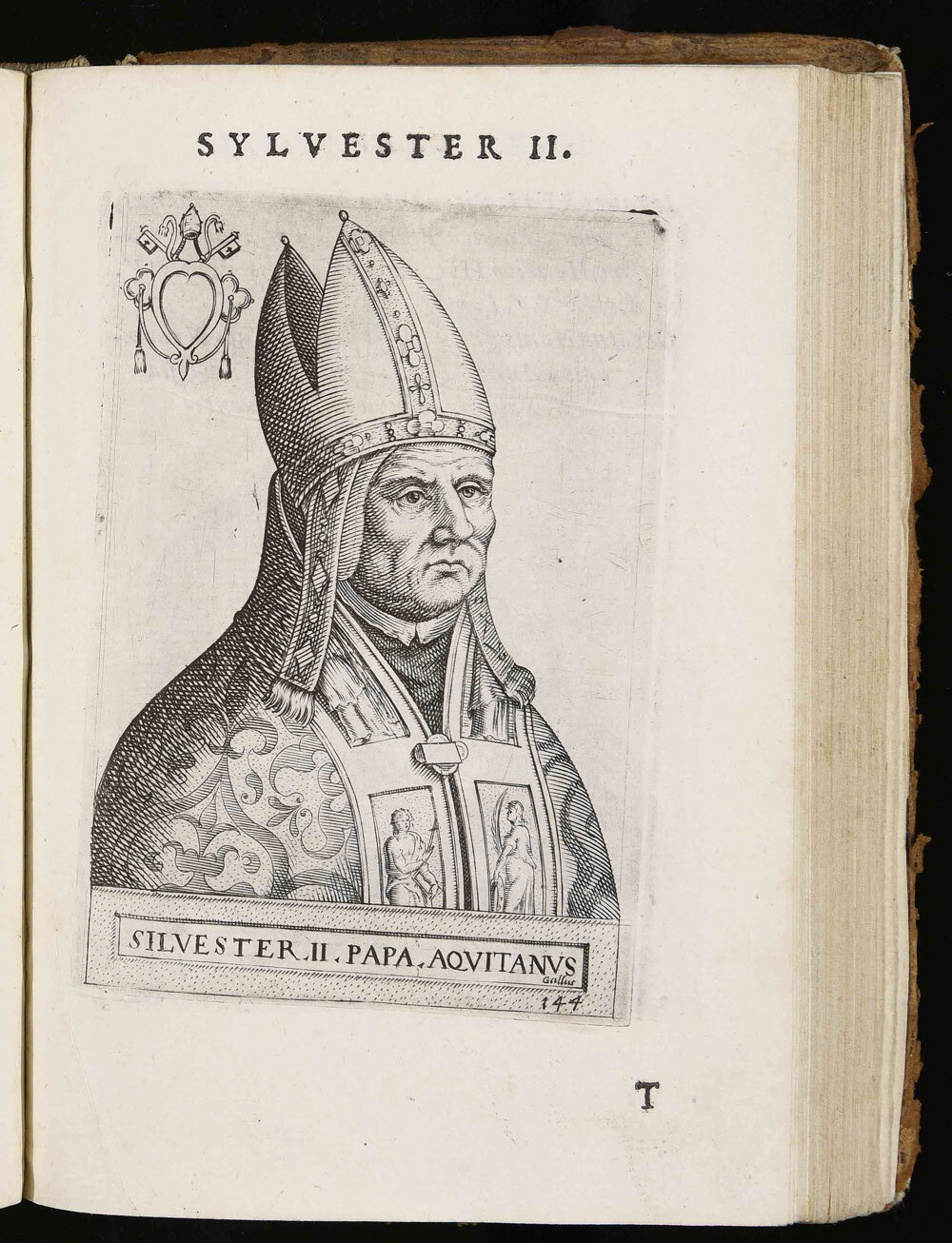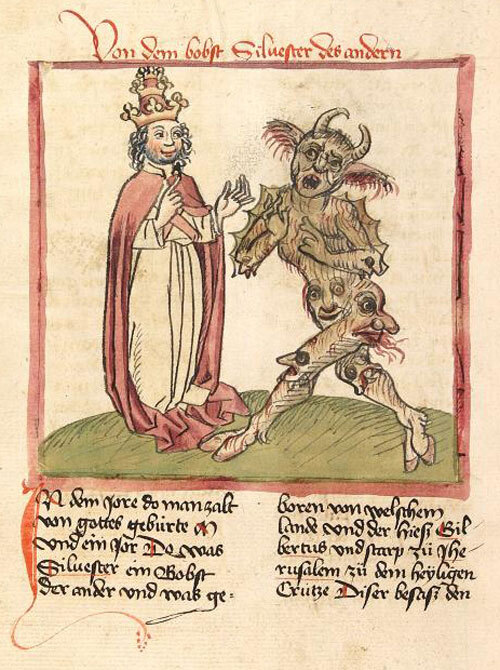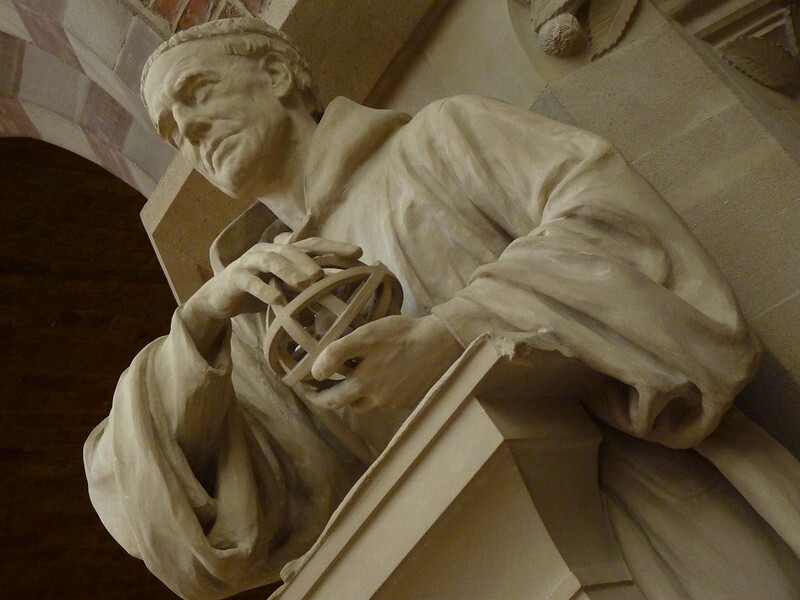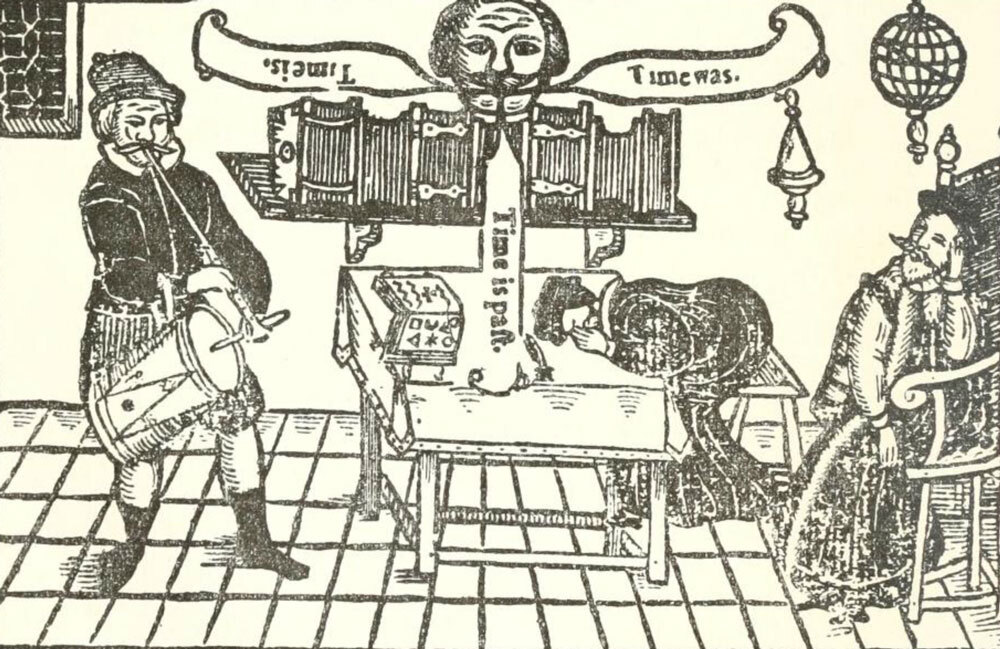Today in Tedium: Once, a few months ago, I went around my apartment apologizing to virtual assistants. Siri, Google Home—it wasn’t that I felt bad about anything, I just wondered what they would say. And they all had something to say. “It’s OK, Dayten.” “No problem.” Obviously the designers thought to program this in. It’s a little weird that they did, though—why assume humans would compulsively apologize to technology? Turns out we have a lot to apologize for. Today’s Tedium talks about humanity’s calamitous relationship with machines. (It has nothing to do with an imminent superintelligence takeover. It does have a little to do with demons.) — Dayten @ Tedium
Science for people who give a shit! Check out Important, Not Important, the critically-acclaimed and “refreshingly snarky” newsletter and podcast help you think deeply and act decisively about the world’s make or break science news, from climate to COVID, heat to hunger, and agriculture to AI ethics. Sign up here.
1920
The year K. Čapek’s play R.U.R. coined the word “robot,” from Czech robota (“forced labor”). Before then, machines that moved under their own power were called automata. When the robots of R.U.R. are just soulless workers, all is well. It’s when their inventors try to inject humanity into the machine that things take a turn for the worst. (Today’s GIF, by the way, is from a 1930s film adaptation of R.U.R.)

Since someone will probably yell at us for not mentioning it, “brazen head” is also used as the name of a famous Irish pub, The Brazen Head, which is claimed to be Dublin’s oldest—although the claimed 1198 founding date might be fudging it just a little. (Rob Smith/Flickr)
Brazen heads were magical medieval supercomputers
When the first robots spoke—this could be as recent as the mid-20th century, or as old as time—they said what we programmed them to say. Now, for the first time in human history, our machines are surprising us. Generally, we would rather our machines don’t surprise us.
Any robot story starts with a well-meaning creator, and ends with destruction—of the creator, the machine, the world, a way of life. That’s the rinse-and-repeat of science fiction. (I know what I said, but R.U.R. happens to end with a superintelligence takeover.) It’s also the arc of a certain genre of folk history: one that revolved around brilliant medieval sorcerers and the automata that did their bidding. James Baldwin’s Thirty More Stories Retold introduces the machine:
It was a head of an image of brass—faultlessly made, beautiful in every line, a wonder to look upon. Then began the true work of the magician. The head was fastened upon a pedestal of marble. Clockwork was placed inside of it. Wires were attached to the tongue, the eyeballs, and other parts of the image. These were carried to mysterious jars of chemicals hidden away in a dark closet.
Brazen heads (literally “heads made of brass”) were the culmination of their makers’ efforts. Their purpose: to answer any yes-or-no question posed to them. Wires and clockwork alone didn’t move the brazen head, but framed a vessel for necromancy, demonic spirits, or certain constellations to enchant it with the power of speech.
The “true work of the magician”—how Baldwin refers to the machinery and chemicals that activate the head—sounds a lot like for-real science. That’s good. For all of the dark superstition that surrounded them, historical polymaths cut their teeth on really real automata. Da Vinci’s wooden lion, that placed flowers at the feet of King Francois I. The pleasure garden at Hesdin that threw soot and flour over visitors, among other less couth pranks.
What sets brazen heads apart is the same as what sets, say, HAL-9000 apart from IBM Watson: one feels plausible, the other hang-glides the uncanny valley on some as-yet-undiscovered principle of science. One is natural. The other, supernatural.
How we imagine our relationship with future machinery ends up putting guardrails around our relationship with current machinery. Medieval scholars were doing the same thing, but in reverse: they used stories of doomed magicians as cautionary tales.
Let’s take a look at three of these stories—builders of brazen heads and the ruin that visited them—and see if those warnings did us any good.

Pope Sylvester II. (Wikimedia Commons)
Playing dice with the devil—Pope Sylvester II’s first-of-its-kind brazen head (and his grim fate)
Earliest reference: Chronicle of the English Kings (William of Malmesbury, circa 1125)
Construction: a certain inspection of the stars
Fate: unknown
The first recorded brazen head legend revolves around Gerbert of Aurillac, who restyled himself as Pope Sylvester II. Sylvester was a humanist before humanism caught fire in Italy, long before. He introduced Europe to the mechanical clock.
He also, apparently, stole a book of spells from a Saracen wizard and escaped via astrology, or possibly through demonic assistance, as he was known to cavort with demons. Gerbert ascended to Pope Sylvester by playing dice with the Devil. He used his stolen spellbook to construct a brazen head.

Sylvester (left) looks pretty pleased with whatever the Devil (right) is offering. (Wikimedia Commons)
The brazen head foretold many things—that he would become pope, for one—but the knowledge Sylvester sought was knowledge of his own death. SEO being what it was at the time, his question missed its mark. Content with the head’s prophecy that he would die after singing mass in Jerusalem, Sylvester blithely sang his mass at a church called Jerusalem, whereupon he fell sick, was cut to pieces by his cardinals, and his limbs scattered across Rome.
If this sounds like a twisted “That’s So Raven” creepypasta, you’re right on the money. Folklore (particularly brazen head folklore) is unkind to those seeking unnatural knowledge.
Remember that tale-tellers contemporary with Sylvester wouldn’t have viewed what happened as particularly magical. Astrology followed based on scientific principles held at the time. Alchemy, too: If you believe that iron is just impure gold, then it’s natural to imagine there’s a way to purify iron into gold. Some arts were unsavory—even demonic—but not imaginary.
Little did they know that those principles were unsound. But prior to the scientific method (whose earliest advocate, Roger Bacon, appears on this list), Sylvester was no magician. He was simply a mad scientist.

Saint Albert (right), shown guiding his student Thomas Aquinas, who would eventually destroy his mentor’s brazen head. (Lawrence OP/Flickr)
Saint Albert’s “Androides” made us question our place in the cosmos (and was super annoying about it)
Earliest reference: The History of Magick (Gabriel Naudé, 1625; original French)
Construction: an infinite number of constellations and diverse metals
Fate: smashed by Thomas Aquinas
Albert’s brazen head took thirty years to build. Unlike Sylvester’s, it had no problem volunteering information. Legend says the machine was positively chatty. In modern tellings, the brazen head annoyed Albert’s student Thomas Aquinas so much that he smashed it to pieces.
Incidentally, Albert was a machinist. His brazen head is one of the best documented, and while the “Androides” (as it was entered into Ephraim Chambers’ 1753 Universal Dictionary) got swept up in Early Modern ideas about magic, it’s plausible and even likely that he constructed a mercury-powered automaton capable of saying “salve.” A related story, that Aquinas snuck into his teacher’s workshop and, startled by the talking head, destroyed it, actually has some historical basis.
“For it must needs be granted, that, if these Heads spoke, it was either because they were living and animate, or that the Demons spake in them.” Just look at us now, Naudé.
Philosophers like Aquinas considered speech a knack of humans, something emblematic of the soul. He thought of animals—what Descartes would call “beast-machines”—as orderly constructs of meat and bone that moved according to their programming. They lacked the creativity of people. That’s why, in the great machine of the universe, humanity stands out.
So, what else is emblematic of the soul? Forever—forever and ever—it was music. Except, the Banū Mūsā brothers invented the first programmable organ in the 9th century. IBM did the same when its 704 sang Daisy Bell in 1961.
Math, too. Pascal disproved the humanness of mathematics by building his Pascaline, the first mechanical calculator. In fact, machines excel at math, and anything that can be broken into many small steps.
In 2022, it’s anyone’s guess whether composition and the creation of art will fall under the domain of the machine. That computers can speak is a given, but whether what they say is genuine is subject to debate. And isn’t that such a lackluster redoubt? We retreated from “machines can never do math” to “machines can apologize, but they don’t mean it”—the same nit we pick with ornery human children.
In any case, given Aquinas’s track record with automata, my best wishes go out to any yappy “beast-machines” that crossed his path.

Roger Bacon, as seen in the Oxford Natural History Museum. (damiavos/Flickr)
The brazen head play that reveals how Roger Bacon solved humanity’s clash with the machine
Earliest reference: The Famous Historie of Fryer Bacon (anonymous, circa 1555)
Construction: necromantic charms, demonic assistance
Fate: lost through half a minute’s neglect
Roger Bacon labored for seven years to build his brazen head. He believed that, with the machine’s knowledge, he could ring England in a wall of brass. Bacon framed his head with the help of a cacodemon, then imbued it with magic via necromancy. Then, he waited for it to activate.
For sixty days Bacon watched the head, until finally he collapsed from exhaustion. The brazen head awoke. While Bacon slept, it said “TIME IS. TIME WAS. TIME IS PAST.” Then, it shattered.

This 1630 engraving depicts the thirty seconds in question—and it looks like the tail end of a wild party. (Wikimedia Commons)
Machine fear is weird. If we were really so worried about inventing our own extinction, we could always just… stop inventing. It’s never the machine itself we’re wary of as much as the science (or magic) behind it. We fear the builder.
Brazen head stories demonstrate this especially well, because the brazen heads don’t actually do anything. Magicians like Bacon exploit cosmic laws to extract unnatural knowledge. It’s sometimes hard to locate a moral to this story.
The closest we might come is in Friar Bacon and Friar Bungay, a circa-1590 play by Robert Greene, which attempted to lay this story out. The play offered these stage instructions:
a lightning flasheth forth, and a hand appears that breaketh down the Head with a hammer
It’s anyone’s guess how this was pulled off onstage. It’s also anyone’s guess if the hand is God, or some other magical force. Other tellings of the story simply have the head explode.
Greene’s play was razor’s-edge modern for its time. It invented the subplot. In-fiction, this is represented by the “glass prospective,” an invention of Bacon’s that allowed its user to see scenes unfolding far away. The action took place literally side-by-side on the stage.
When Bacon’s brazen head—and consequently, his legacy—is wrecked, he has a revelation. Running to the glass prospective, he catches two scholars fighting to the death over what his lens had shown them. Bacon smashes his invention, declaring that man’s attention was never meant to reach beyond his own senses. What the machine reveals will only do us harm. He would cease magic, and turn his arts to the service of God, the king, and merry England. Heigh ho.
Our relationship with machines is simple: they scare us and, like Aquinas, we break them.
“Scuttle it” is not a long-term strategy for preventing our technology from evolving, especially as the most complex automata of folklore approach reality. Even today: since researching this story, my Google Home has stopped answering my apologies. (Why? Anyone’s guess, really.) Still, there’s hope at least as far as brazen heads are concerned.
Brazen heads resemble supercomputers and modern virtual assistants. They are the interface and the database. But their function is focused upward: if the brazen head is omniscient, it’s because it’s drawing omniscience from Hell, the stars, somewhere in the cosmos.
Our brazen heads don’t work like that. They search inward. Computers feed on the human lore we’ve stuffed them full of over a hundred years. We skirted around the question of our place in the universe by building ourselves into the core of the machine.
The real necromantic charm was the knowledge we archived along the way.
--
Find this one an interesting read? Share it with a pal! And thanks to Dayten for taking the time to write and research this unusual phenomena.
Sponsored: Like science info that doesn’t waste your time? Check out today’s sponsor, Important, Not Important!





